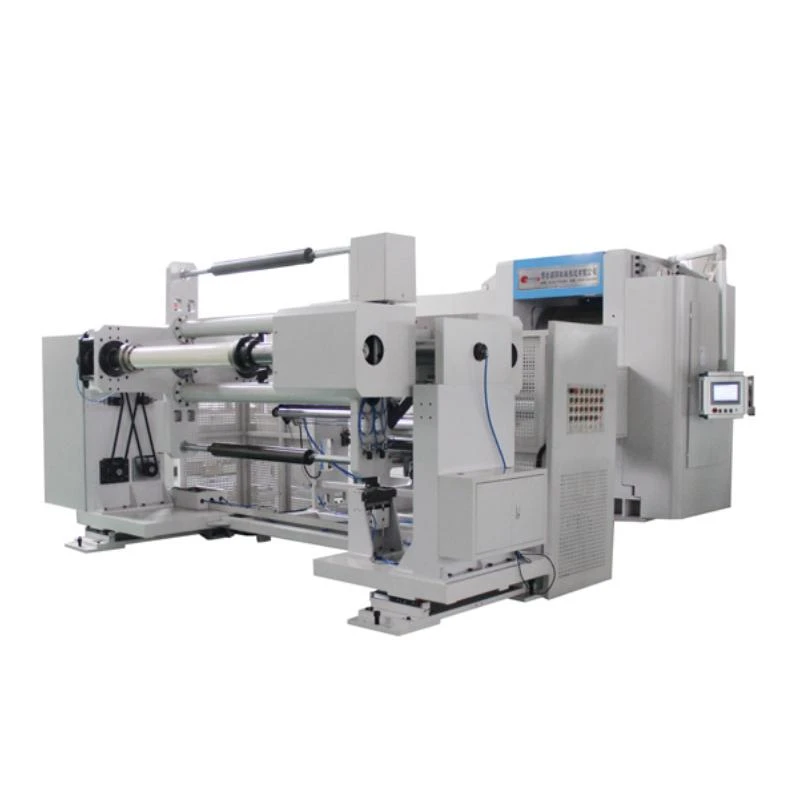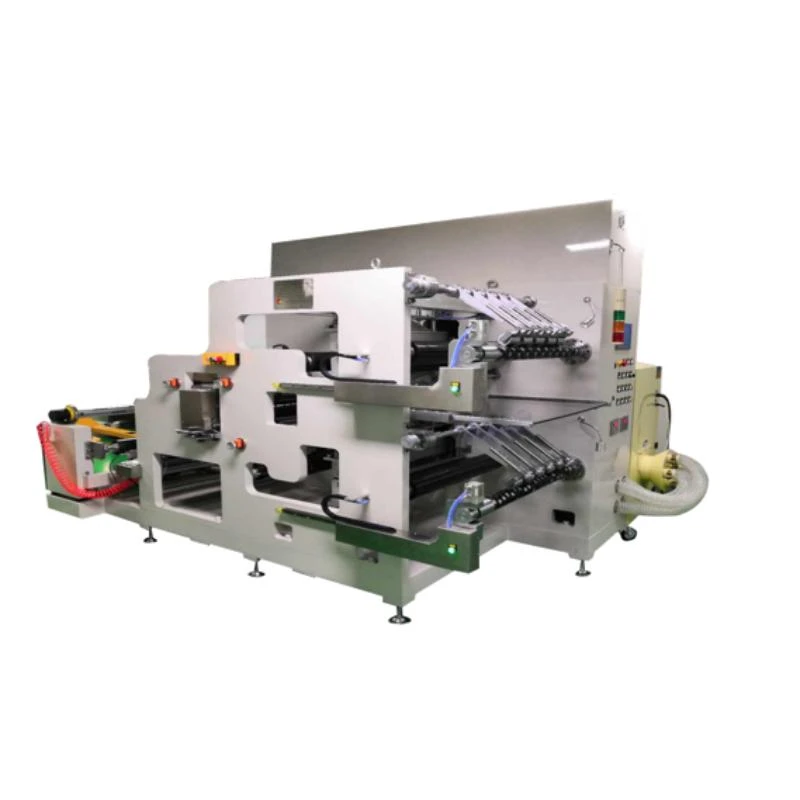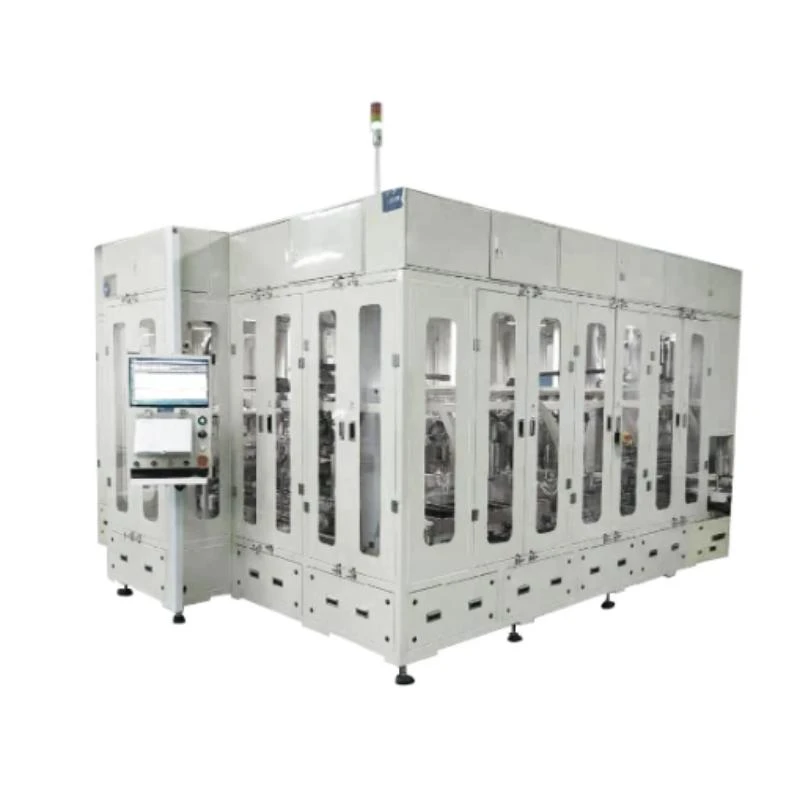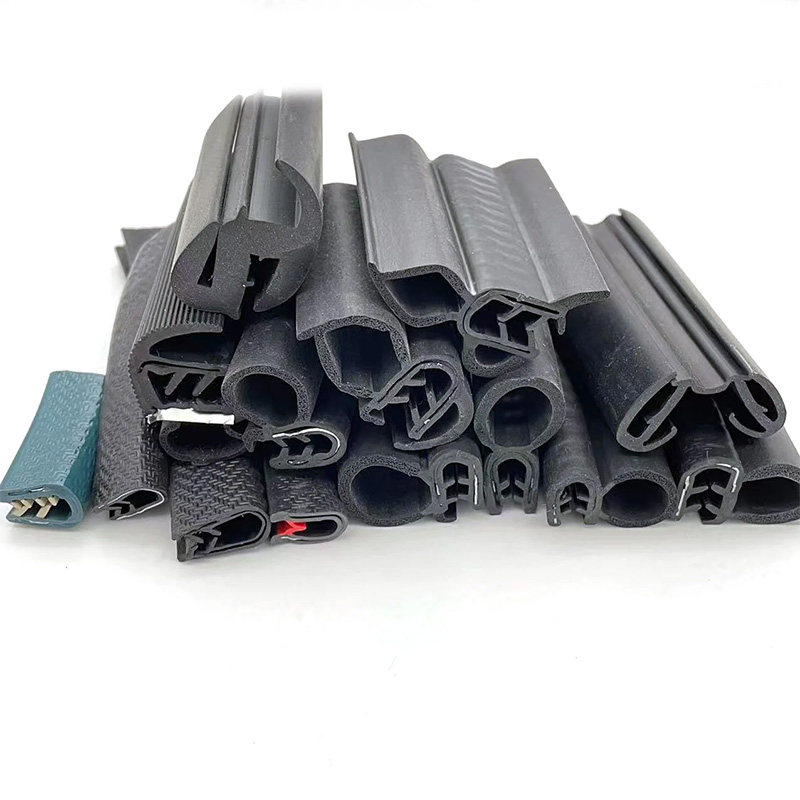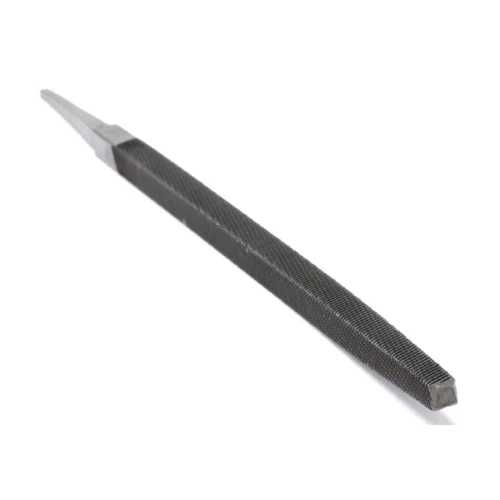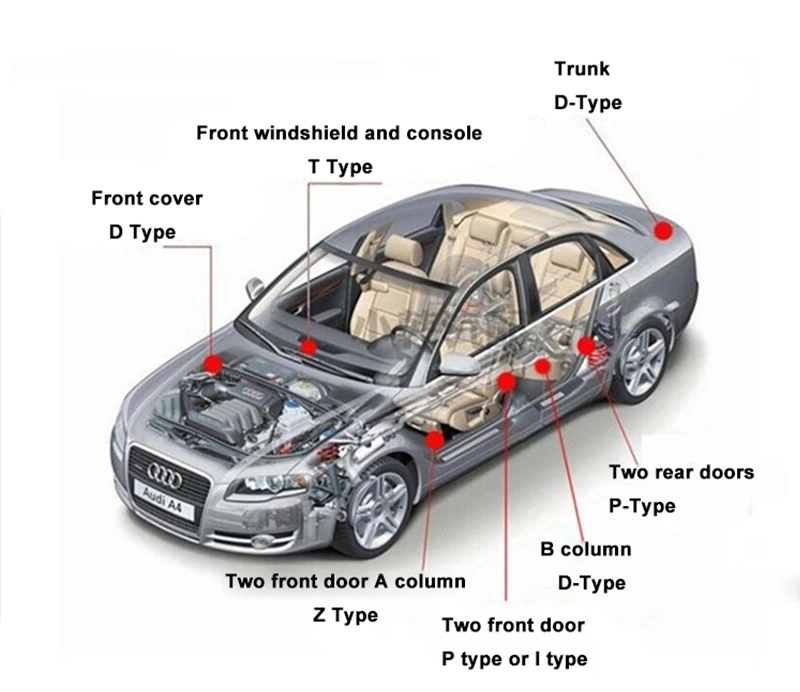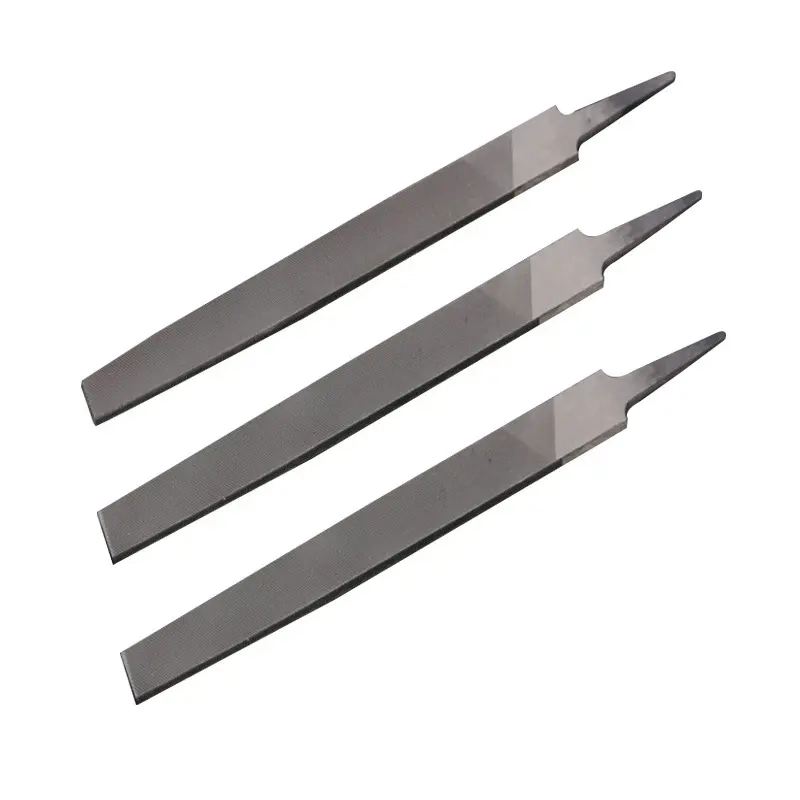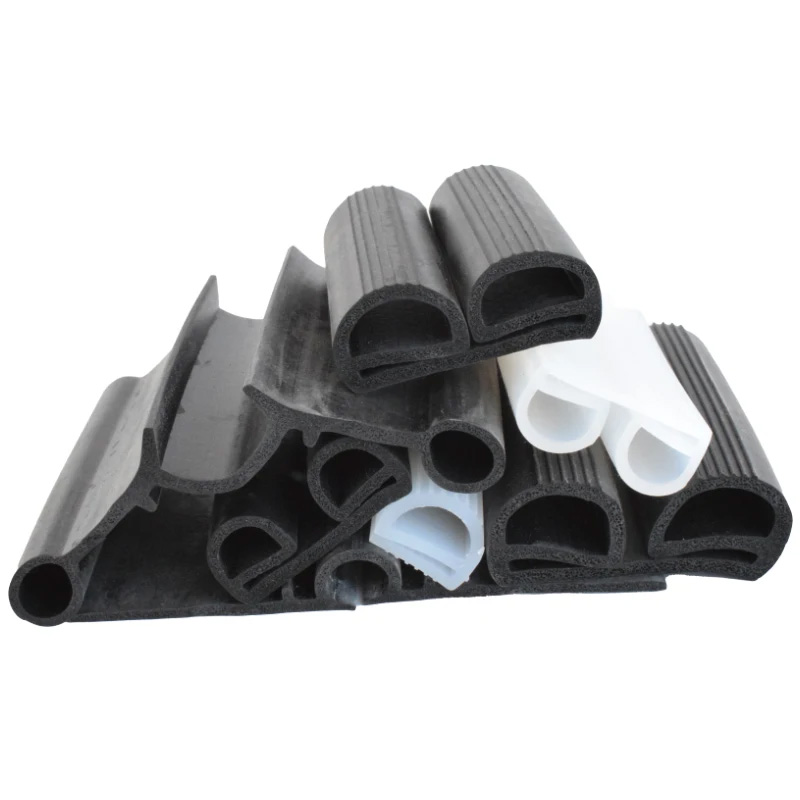Lithium Ion Battery Assembly Machine: Precision & Efficiency
The Pivotal Role of lithium ion battery assembly machine in Advanced Battery Manufacturing
The global shift towards sustainable energy solutions has dramatically amplified the demand for high-performance lithium-ion batteries. At the heart of this industrial revolution lies the sophisticated lithium ion battery assembly machine, a critical component in the modern lithium battery production line. These machines are engineered to deliver unparalleled precision and efficiency, directly impacting the quality, safety, and cost-effectiveness of battery cells. From electric vehicles to grid-scale energy storage, the capability of these advanced manufacturing systems determines the pace of innovation and market penetration. As a cornerstone of the entire lithium ion battery production line, the integration of cutting-edge machinery is not merely an advantage but a necessity for meeting the rigorous demands of global energy markets.
Our focus explores the intricate workings, technical advantages, and diverse applications of these essential machines, exemplified by solutions like the 900*1500 Negative Electrode Double-Machine Continuous Rolling Automatic Splicing Turret Slitting Integrated Machine, which exemplifies the pinnacle of lithium battery equipment engineering.
Industry Trends and Market Outlook for Battery Production
The lithium ion battery production line sector is experiencing exponential growth, driven by key trends:
- Electrification of Transportation: The rapid adoption of Electric Vehicles (EVs) mandates higher production capacities and improved battery performance, directly influencing the design and capabilities of every lithium ion battery assembly machine. The demand for EVs alone is projected to drive a significant portion of battery market growth, requiring efficient and scalable manufacturing solutions.
- Renewable Energy Integration: Large-scale energy storage systems (ESS) are crucial for grid stability and the integration of intermittent renewable sources like solar and wind. This segment requires robust and efficient battery production line processes for large-format cells.
- Advancements in Battery Chemistry: New materials and cell designs, such as solid-state batteries and silicon-anode technologies, demand flexible and adaptable production equipment capable of handling diverse specifications and increased processing complexities.
- Automation and Digitalization: Industry 4.0 principles are being integrated, leading to smart factories with predictive maintenance, AI-driven quality control, and fully automated battery production line systems, enhancing throughput and reducing human error.
According to recent market analyses, the global lithium-ion battery market is projected to reach over $200 billion by 2030, with a Compound Annual Growth Rate (CAGR) exceeding 15% (BloombergNEF, 2023). This surge underscores the critical need for advanced, reliable, and scalable lithium battery equipment that can evolve with technological innovation.
Detailed Process Flow of Lithium-Ion Battery Manufacturing
The production of lithium-ion batteries is a multi-stage, highly precise process. A sophisticated lithium ion battery assembly machine integrates seamlessly into several key steps. Below, we outline the general process flow, highlighting where advanced machinery plays a pivotal role:
1. Electrode Preparation
- Slurry Mixing: Active materials (e.g., graphite for anode, NMC/LFP for cathode), binders, and conductive additives are precisely mixed with solvents to form a homogeneous slurry. This step demands meticulous control to ensure consistent electrochemical performance.
- Coating: The slurry is uniformly coated onto metal current collectors (copper for anode, aluminum for cathode) using high-precision coating machines. Uniformity here is paramount for preventing hot spots and ensuring even current distribution.
- Drying: Coated electrodes pass through multi-zone drying ovens to evaporate solvents. Controlled temperature and airflow profiles are critical to prevent delamination and ensure solvent residue is within permissible limits.
- Rolling (Calendering): Dried electrodes are compressed by high-precision rollers to achieve desired thickness and porosity, enhancing energy density and improving adhesion. The 900*1500 Negative Electrode Double-Machine Continuous Rolling Automatic Splicing Turret Slitting Integrated Machine excels in this stage, ensuring uniform density and consistent electrode properties with micron-level control.
- Slitting: The wide electrode sheets are precisely cut into narrower strips required for cell assembly. The turret slitting component of our featured machine performs this with exceptional accuracy (typically ±0.1 mm), minimizing material waste and ensuring precise dimensions for subsequent processes.
2. Cell Assembly
- Winding/Stacking: The slit anode, separator, and cathode sheets are either wound into cylindrical coils for cylindrical cells or stacked in layers for prismatic/pouch cells. Precision alignment is crucial here to prevent internal short circuits and ensure optimal performance.
- Tab Welding: Current collector tabs are welded to the respective terminals of the electrode assembly, often using ultrasonic or laser welding for robust, low-resistance connections.
- Electrolyte Filling: The assembled cell is filled with precisely measured electrolyte in a controlled environment (e.g., dry room or glove box). Precise dispensing and vacuum filling techniques are critical to ensure complete saturation and prevent air bubbles.
- Sealing: The cell is hermetically sealed to prevent moisture ingress and electrolyte leakage, which are critical for cell safety and longevity.
3. Formation and Testing
- Formation Cycling: Newly assembled cells undergo initial charge/discharge cycles to form the Solid Electrolyte Interface (SEI) layer on the electrode surfaces. This critical passivation layer significantly influences long-term performance, safety, and cycle life.
- Degassing & Grading: Cells are degassed if necessary to remove any trapped gases, then subjected to various performance tests (capacity, impedance, voltage retention) and sorted by performance characteristics into different grades.
- Final Quality Control: Comprehensive tests ensure cells meet stringent performance and safety standards, often adhering to international benchmarks like ISO 9001 (quality management), ANSI C18.3M (portable battery safety), and IEC 62133 (secondary cell safety).
Manufacturing Process of the Lithium Ion Battery Assembly Machine Itself
The creation of a high-precision lithium ion battery assembly machine involves meticulous engineering and robust manufacturing processes. Key aspects ensure the machine's own reliability and longevity:
- Material Selection: High-grade stainless steel (e.g., SUS304 for enhanced corrosion resistance in humid environments typical of electrode processing) and specialized tool steels for critical components like rollers ensure exceptional durability and cleanroom compatibility.
- Precision Machining: Advanced CNC machining for main frames, rolling cylinders, slitting knife holders, and intricate mechanical parts ensures micron-level accuracy and repeatability, crucial for stable and precise electrode processing.
- Assembly and Integration: Components are assembled in controlled environments, integrating high-performance servo motors, high-resolution sensors, and sophisticated PLC control systems from leading global suppliers (e.g., Siemens, Rockwell, Mitsubishi) to form a cohesive, highly automated unit.
- Testing Standards: Each machine undergoes rigorous Factory Acceptance Testing (FAT) according to internal protocols and international standards such as ISO 12100 for machine safety and ISO 13849 for safety-related parts of control systems. A typical service life for such robust equipment can exceed 15-20 years with proper maintenance, demonstrating superior durability and long-term return on investment.
Technical Specifications: 900*1500 Negative Electrode Double-Machine Continuous Rolling Automatic Splicing Turret Slitting Integrated Machine
Our flagship lithium ion battery assembly machine embodies cutting-edge technology designed for high-volume, high-precision negative electrode processing. Below are the key technical parameters that define its superior performance and distinguish it within the advanced lithium battery production line.

| Parameter | Specification | Unit/Description |
|---|---|---|
| Model | 900*1500 Negative Electrode Double-Machine Continuous Rolling Automatic Splicing Turret Slitting Integrated Machine | Manufacturer's Designation |
| Effective Roll Width | 900 mm | Maximum processable electrode width |
| Rolling Cylinder Diameter | 1500 mm | Diameter of the high-precision rolling rollers |
| Max. Rolling Speed | 30 m/min | Adjustable linear processing speed for high throughput |
| Max. Rolling Force | 500 kN (50 tons) | Achieved via advanced hydraulic or servo control systems |
| Rolling Thickness Uniformity | ±2 µm | Exceptional precision across electrode width, validated by optical sensors |
| Slitting Width Accuracy | ±0.1 mm | Precise control for consistent electrode strip dimensions |
| Splicing Method | Automatic Butt Splicing with Tension Control | Ensures continuous, non-stop operation during coil changes |
| Rewinding/Unwinding | Dual Turret with Active Tension Control | Maximizes uptime and material handling efficiency |
| Control System | Full Automatic with Industrial PLC & HMI (Siemens/Rockwell) | Intuitive operation, real-time data, remote diagnostics capability |
| Power Consumption (Avg.) | Approx. 75 kW | Optimized for energy efficiency |
| Dimensions (L×W×H) | Approx. 12m × 3m × 4m | Typical footprint, customizable for factory layouts |
| Weight | Approx. 25,000 kg | Robust construction for stability and minimal vibration |
| Target Electrode Material | Negative Electrode (Graphite, Silicon-based anodes, various composites) | Optimized for consistency and material integrity |
These specifications ensure that the machine is not just a component, but a high-performance core of any advanced lithium ion battery production line, capable of meeting the stringent demands of next-generation battery manufacturing with high uptime and consistent quality.
Technical Advantages and Performance Features
The advanced lithium ion battery assembly machine offers a suite of technical advantages that set it apart in the competitive landscape of battery production line equipment:
- Unmatched Precision & Uniformity: Achieves exceptional thickness uniformity (
- High Throughput & Efficiency: The continuous rolling and automatic splicing system minimizes downtime during material changes, significantly boosting overall production capacity. The dual-turret design for rewinding/unwinding ensures uninterrupted material feeding and collection, vital for a high-volume lithium battery production line.
- Advanced Automation & Digitalization: Fully integrated PLC control with an intuitive human-machine interface (HMI) allows for precise operational parameter settings, real-time monitoring, and comprehensive data logging. This facilitates predictive maintenance, quality control, and seamless integration into Industry 4.0 smart factory ecosystems.
- Material Optimization: High-precision turret slitting reduces edge burrs and minimizes material waste to less than 0.5%, leading to significant cost savings and improved consistency of active material loading, directly impacting cell performance.
- Robust Construction & Durability: Built with industrial-grade components and a rigid, heavy-duty frame, ensuring long service life, minimal vibration, and stable operation even under demanding continuous production conditions. Components are designed for superior corrosion resistance, making them suitable for various industrial environments, including those with controlled humidity and temperature.
- Energy Saving Design: Optimized motor controls, high-efficiency mechanical systems, and recuperative braking capabilities contribute to lower energy consumption per unit of production, aligning with modern sustainability goals and reducing operational costs.
- Enhanced Safety Compliance: Designed and manufactured to meet stringent international safety standards (e.g., CE marking, applicable ISO and local regulatory standards), incorporating multiple emergency stop systems, comprehensive protective enclosures, and intelligent interlocks to ensure operator safety and minimize operational risks.
These features collectively contribute to enhanced battery cell performance, increased manufacturing yield, reduced operational costs, and a higher return on investment for battery manufacturers globally.
Application Scenarios and Target Industries
The versatility and precision of a high-quality lithium ion battery assembly machine make it indispensable across various high-tech industries requiring advanced energy storage solutions. Its capabilities extend to diverse manufacturing environments and product types:
- Electric Vehicle (EV) Manufacturing: Producing high-energy-density and long-cycle-life batteries for passenger cars, commercial vehicles, buses, and other e-mobility solutions. The machine ensures electrodes meet the stringent requirements for range, power, and safety in EV battery packs.
- Grid-Scale Energy Storage Systems (ESS): Enabling the manufacture of large-format batteries for renewable energy integration, peak shaving, grid stabilization, and uninterruptible power supplies (UPS). Reliability and consistency in cell production are paramount for ESS longevity.
- Consumer Electronics: High-precision electrode processing for compact, powerful, and safe batteries used in smartphones, laptops, wearables, tablets, and advanced power tools. The compact nature of these devices demands extremely accurate and uniform electrodes.
- Aerospace & Defense: Manufacturing specialized, lightweight, and high-performance batteries for critical applications such as satellites, drones, and portable military equipment where reliability, power-to-weight ratio, and extreme durability are non-negotiable.
- Industrial & Robotics: Powering automated guided vehicles (AGVs), industrial robots, warehouse automation systems, and other high-demand industrial equipment that require continuous, reliable power and fast charging capabilities.
These diverse applications collectively demand equipment that can consistently produce electrodes with tight tolerances, high active material loading, excellent physical integrity, and minimal defects, which is precisely what our advanced rolling and slitting integrated machines deliver to support the entire battery production line.
Vendor Comparison: Evaluating Lithium Battery Equipment Providers
Choosing the right vendor for a lithium ion battery assembly machine is a critical decision impacting production efficiency, product quality, and long-term operational costs. Here’s a comparison focusing on key differentiating factors that highlight the advantages of our advanced solutions.
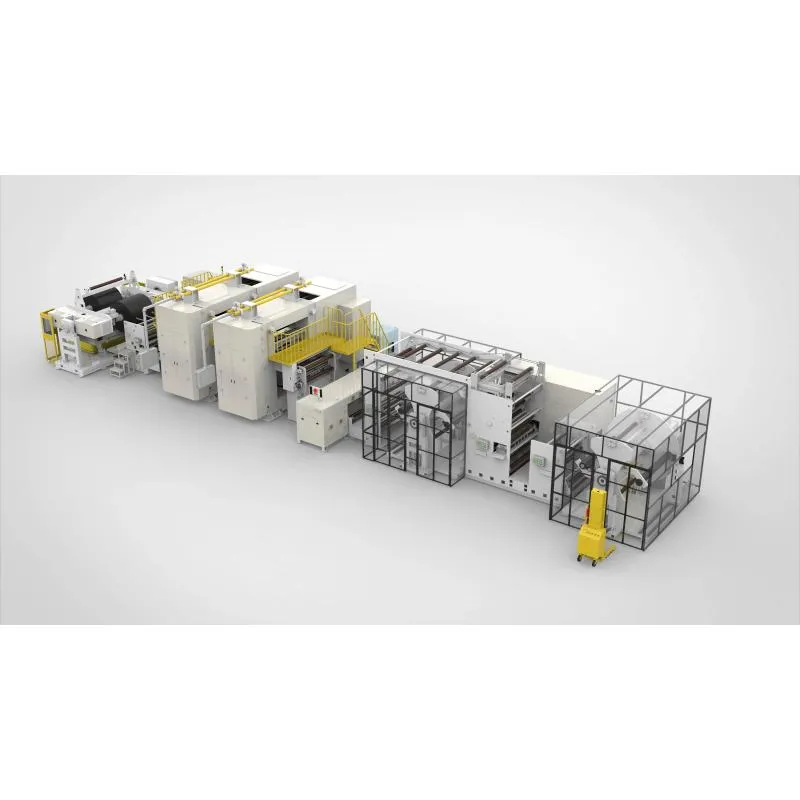
| Feature/Criterion | Our 900*1500 Integrated Machine | Typical Competitor A (Mid-Range) | Typical Competitor B (Entry-Level) |
|---|---|---|---|
| Integrated Functions | Continuous Rolling + Auto Splicing + Turret Slitting (All-in-one) | Rolling + Separate Slitting Unit (Modular Integration) | Manual Rolling + Basic Slitting (Individual Machines) |
| Max. Throughput (Speed) | Up to 30 m/min (Excellent for GWh-scale production) | 10-20 m/min (Suitable for pilot to mid-scale production) | 3-8 m/min (Lab-scale or small batch production) |
| Rolling Thickness Uniformity | Exceptional (±2µm across width) | Good (±5µm typical) | Fair (±10µm, prone to variations) |
| Automation Level | Full Automatic, Advanced PLC HMI, Comprehensive Data Logging & Remote Access | Semi-Automatic, Basic PLC Control, Limited Data Features | Manual with Basic Safety Interlocks |
| Material Waste Reduction | Very High (Precise slitting, automatic splicing, advanced tension control) | Medium (Standard slitting, some manual intervention) | Lower (Higher potential for material loss due to manual adjustments) |
| Longevity/Service Life | 15-20+ Years (Robust Industrial Design, High-Quality Components) | 10-15 Years (Standard Industrial Grade) | 5-10 Years (Light Industrial or Lab Use) |
| After-Sales Support | Comprehensive Global Service, On-site Training, Extensive Spares Inventory, Remote Diagnostics | Regional Support, Basic Training, Standard Spares | Limited Local Support, Basic Troubleshooting Guides |
This comprehensive comparison highlights the significant advantages of investing in a fully integrated, high-precision solution like our 900*1500 machine. For manufacturers aiming for leadership in the global lithium battery production line market, the long-term benefits in terms of efficiency, quality, and reduced operational costs far outweigh the initial investment.
Customized Solutions for Diverse Lithium Battery Equipment Needs
Recognizing that every lithium battery production line has unique requirements, from throughput targets to specific material characteristics, we specialize in providing tailored solutions. Our engineering team collaborates closely with clients to design and configure lithium ion battery assembly machine systems that perfectly align with their operational goals, factory footprint, and budget constraints.
- Scalable Designs: From pilot lines and R&D facilities to full-scale gigafactories, our equipment can be scaled and modularly integrated to meet varying production volumes and future expansion plans, ensuring long-term investment protection.
- Material Adaptability: Machines can be optimized for specific electrode materials and chemistries, including traditional graphite, advanced silicon-based anodes, various NMC and LFP cathodes, and emerging solid-state battery components. This involves custom roll surface treatments, tension profiles, and slitting blade selections.
- Seamless Integration Expertise: We provide expert assistance for seamless integration with existing upstream and downstream equipment, including coating machines, drying ovens, vacuum mixers, winding machines, and packaging lines, ensuring a cohesive and efficient lithium ion battery production line.
- Facility Layout Optimization: Our team offers comprehensive consultation on factory layout and process flow optimization, maximizing space utilization, minimizing material travel distances, and enhancing overall operational efficiency for new or upgraded facilities.
- Software & Control Customization: Tailored HMI interfaces, advanced data acquisition systems, and robust connectivity options are available to support clients' specific Industry 4.0 initiatives, facilitating remote monitoring, data analytics, and integration with manufacturing execution systems (MES).
Application Case Studies & Client Success
Our commitment to excellence is reflected in the tangible success of our clients. Here are illustrative examples demonstrating the impact and value delivered by our lithium battery equipment across diverse applications, reinforcing our expertise and experience in the field:
Case Study 1: Leading EV Battery Manufacturer in Europe
Challenge: A prominent European EV battery producer faced significant bottlenecks in their negative electrode processing stage. They struggled to meet the rapidly increasing demand for high-performance batteries while maintaining sub-5µm thickness uniformity across their wide format electrodes, a critical parameter for cell safety and longevity.
Solution: We supplied a customized 900*1500 Negative Electrode Double-Machine Continuous Rolling Automatic Splicing Turret Slitting Integrated Machine, specifically configured for their unique material specifications and seamlessly integrated into their existing lithium ion battery production line. Our team provided extensive on-site installation, commissioning, and operator training.
Results: The client achieved a remarkable 30% increase in electrode throughput and improved thickness uniformity by 40%, surpassing their initial targets. This significantly reduced scrap rates by 15% and boosted overall cell energy density and cycle life. Their production efficiency now consistently exceeds the stringent requirements of international automotive standards and ISO 9001 quality management benchmarks, allowing them to secure larger contracts in the competitive EV market.
Case Study 2: Innovative Energy Storage System Provider in Asia
Challenge: An innovative Asian ESS manufacturer was developing next-generation large-format batteries using advanced high-nickel cathode materials. These materials are inherently delicate and prone to micro-cracking and delamination during conventional rolling and slitting processes, leading to high rejection rates and compromised cell performance.
Solution: We provided a bespoke rolling and slitting solution featuring enhanced roll surface treatments, a specialized low-stress continuous force feedback system, and ultra-sharp precision slitting blades. This lithium ion battery assembly machine was engineered to gently and precisely compress and cut these delicate materials while preserving their structural integrity.
Results: The client successfully integrated the custom machine, achieving unprecedented processing yields for their high-nickel electrodes. This resulted in a 25% reduction in material waste and an improvement in cell cycle life by 15% due to superior electrode integrity. This success solidified their position as a market leader in advanced ESS solutions and demonstrates our capability to handle the most challenging material processing requirements within a lithium battery production line, all while adhering to relevant industry safety and environmental protocols.
Ensuring Trust and Reliability: Quality & Support
Trust is foundational in B2B partnerships. Our commitment to quality, backed by rigorous standards and comprehensive support, ensures long-term reliability and peace of mind for every lithium ion battery assembly machine we deliver. We prioritize transparency and unwavering support to build lasting relationships.
Authoritativeness & Certifications
Our manufacturing processes and products adhere to stringent international standards, underscoring our authoritative position in the industry:
- ISO 9001:2015: Certified Quality Management System, ensuring consistent product quality, robust process control, and unwavering customer satisfaction from design to delivery.
- CE Compliance: All relevant equipment proudly bears the CE mark, signifying conformity with European Union directives on safety, health, and environmental protection, making our machines suitable for global deployment.
- Proprietary Testing Protocols: Beyond international certifications, our machines undergo extensive internal factory acceptance testing (FAT) and Site Acceptance Testing (SAT), simulating real-world production conditions to guarantee superior performance, extended service life, and strict adherence to advertised specifications. These tests often exceed standard industry benchmarks, covering aspects like operational stability, material handling, and environmental resilience.
With decades of combined experience in developing high-precision machinery and a track record of successful partnerships with leading global battery manufacturers, our engineering expertise and dedication to quality underscore our authoritative standing in the competitive lithium battery equipment industry.
Frequently Asked Questions (FAQ)
Q: What is the typical lead time for a new lithium ion battery assembly machine?
A: Standard configurations typically have a lead time of 12-16 weeks from order confirmation to shipment. Highly customized solutions or integrated lithium battery production line projects may require 18-24 weeks, depending on complexity, specific component sourcing, and design approvals. Detailed and transparent timelines are always provided upon project scope finalization.
Q: What warranty is provided with the equipment?
A: We offer a comprehensive standard 12-month warranty on all mechanical, electrical, and control components. This warranty commences from the date of successful commissioning at your site or 18 months from the date of shipment, whichever occurs first. Extended warranty options are also available to provide additional peace of mind and long-term operational security.
Q: What kind of after-sales support and technical assistance do you offer?
A: Our comprehensive after-sales support program includes immediate remote diagnostics and troubleshooting, prompt on-site technical assistance from our global network of engineers, routine preventative maintenance services, and a readily available inventory of genuine spare parts. We provide extensive operator training during installation and commissioning, and offer ongoing technical support via dedicated service channels (phone, email, video conferencing) to ensure optimal machine performance, minimal downtime, and maximum operational efficiency throughout the machine's long service life.
Q: Can your machines handle different types of electrode materials?
A: Yes, our machines are designed with inherent adaptability in mind. While the 900*1500 model is specifically optimized for negative electrodes, our engineering team can configure systems to precisely process a wide range of cathode and anode materials, including advanced chemistries such as high-nickel NMCs, LTO, silicon-based anodes, and even experimental solid-state materials. This customization involves adjusting roller surface treatments, force profiles, tension control parameters, and slitting blade specifications. We always recommend detailed material analysis and pilot testing during the project planning phase to ensure optimal machine configuration for your specific material demands.
Conclusion
The future of energy storage hinges on the precision, efficiency, and unwavering reliability of the lithium ion battery assembly machine. As the global demand for high-performance batteries continues to surge, investing in state-of-the-art lithium battery production line equipment is paramount for manufacturers aiming to stay competitive, drive innovation, and achieve sustainable growth. Our 900*1500 Negative Electrode Double-Machine Continuous Rolling Automatic Splicing Turret Slitting Integrated Machine stands as a testament to engineering excellence, offering unmatched performance, exceptional customization capabilities, and robust, reliable support. It is an indispensable asset designed to elevate the efficiency, quality, and output of any modern lithium ion battery production line, paving the way for the next generation of energy solutions.
References
- BloombergNEF. (2023). Long-Term Energy Storage Outlook 2023.
- International Organization for Standardization (ISO). (2015). ISO 9001:2015 - Quality management systems - Requirements.
- IEA (International Energy Agency). (2023). Global EV Outlook 2023.
- ScienceDirect. (2022). "Advances in Lithium-Ion Battery Manufacturing Processes and Equipment." Journal of Energy Storage.
Share
-
Lithium Battery Welding Machine | High-Precision, Fast, SafeNewsNov.17,2025
-
Aluminium Guide Roller | Anodized, Lightweight, Low-NoiseNewsNov.17,2025
-
Tofu Cat Litter Bulk – Eco, Low-Dust, Fast Clumping SupplyNewsNov.17,2025
-
Equipment for Lithium Cell Assembly | Automated & PreciseNewsNov.10,2025
-
Square File Tool – Precision Cut, Hardened Steel, VersatileNewsNov.10,2025
-
Lithium Ion Battery Assembly Machine | Automated, High-SpeedNewsNov.10,2025
